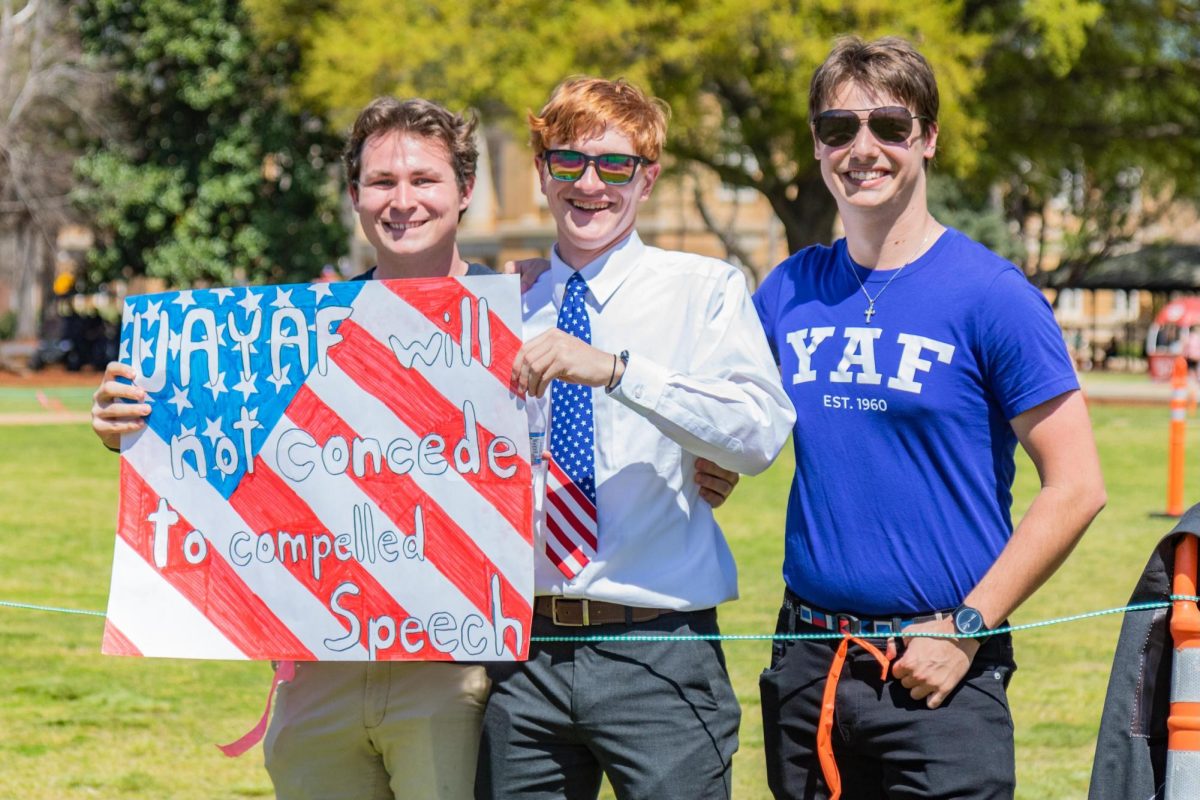The worst time of the year is almost over. Tonight at 7 p.m. the polls will close and with any luck we can go an entire year without being handed a flier being invited to a Facebook event to support someone we’ve never even met. That’s right. SGA campaigns will finally draw to their long awaited close. We can all go back to our lives. For most of us everything will be the same. The candidates, however, whether or not they get elected, will be faced with the financial realities of their campaigns.
Campaign spending limits for SGA elections should be significantly lower. To get everyone up to speed, the limits are $1000 for a presidential campaign, $800 for the other executive offices, and $300 for senate seats. Lowering these limits would have two large benefits. It would first equalize the power of the campaigns. It is difficult to imagine that campaigns are working from a large donation pool. College students are by and large broke, and so the probability that they are inclined to giving up their money to someone else’s attempt to be part of the Student Government Association seems low. This means that the costs of a campaign fall to the individual and their family. In the case of this year’s SGA presidential race, only one candidate received any donations at all. Patrick Fitzgerald and Lillian Roth are both running entirely self-funded campaigns (Or, at least in Ms. Roth’s case, parentally funded. I appreciate the honesty.) Caroline Morrison alone received a donation from Knight Sign Industries. However, she also seems to have misunderstood how a financial disclosure form works, as her income sources do not add up to her campaign expenditures. We are left to assume, then, that the expenses for this campaign, while they are less than the recorded self-funding of the other two, came from Ms. Morrison or her family as well. For most students, it is simply unrealistic to expect that they be able to spend a thousand dollars to campaign for the SGA presidency. Like in so many elections, we are faced with the reality that government for the people by the people is really government for the people by people richer than them.
The second benefit will help even those who would not touch an SGA campaign with a 10-foot pole. If campaign spending limits were lowered, the physical manifestations of the campaigns on campus would decrease. Without a huge budget it could be expected that the buttons, fliers, and yard signs would go away. For the week out of the year that these campaigns go on, our usually beautiful campus is plastered with cheesy slogans in a blatant display of wealth by those running for office. This is not only ineffective campaigning, as the signs and buttons hardly ever given any indication of the campaign’s platform, but disruptive to the usually tranquil environment of our campus.
The decrease of spending limits would not somehow cripple SGA campaigns. The large portion of these campaigns is already carried out online and this could be the future of the campaigns. Not only is this more equalizing, but it is more environmentally friendly than printing out a bunch of fliers. It also gives voters more choice in their level of participation. A Facebook or Twitter profile can be blocked much more easily than a pathetically smiling face on the quad.
I must now confess one of the great mistakes of my own life. My freshman year I ran for an SGA senate seat. I was fortunate enough to be able to spend mostly my own money, earned as an assistant for the Office of Disability Services, on the campaign, but I know that many people would not have this luxury. I also felt extremely rude bothering people with the fliers the money was spent on. My introverted soul is simply not cut-out for campaigning. However, I hope that in the future our election system can be better suited to making a campaign at any level feasible for anyone and palatable to those who will cast their votes.
Allison Mollenkamp is a sophomore majoring in English and theatre. Her column runs biweekly.








